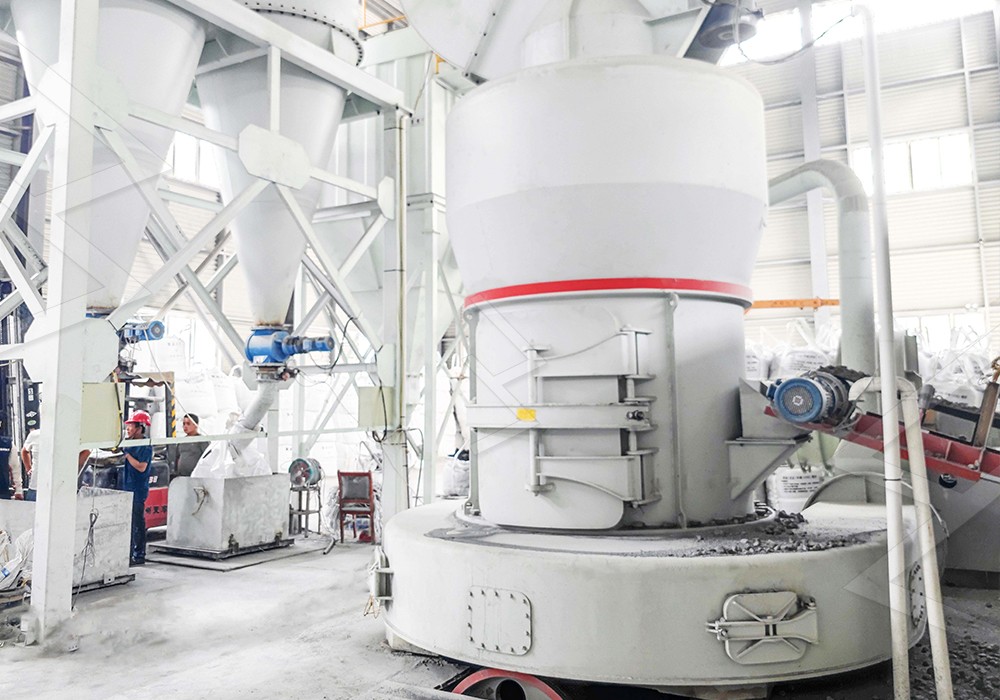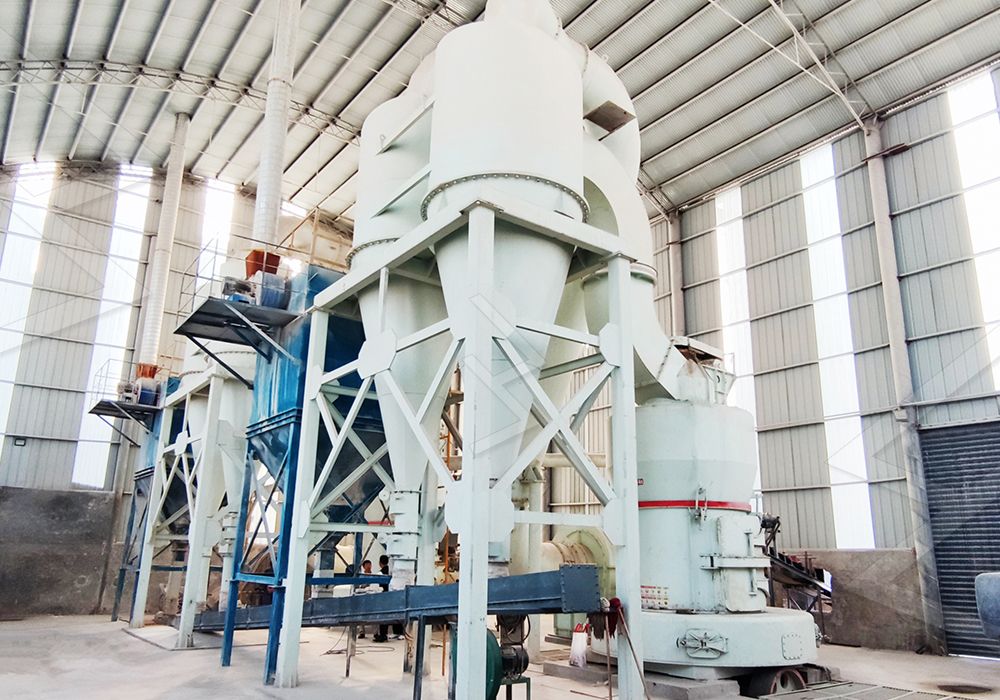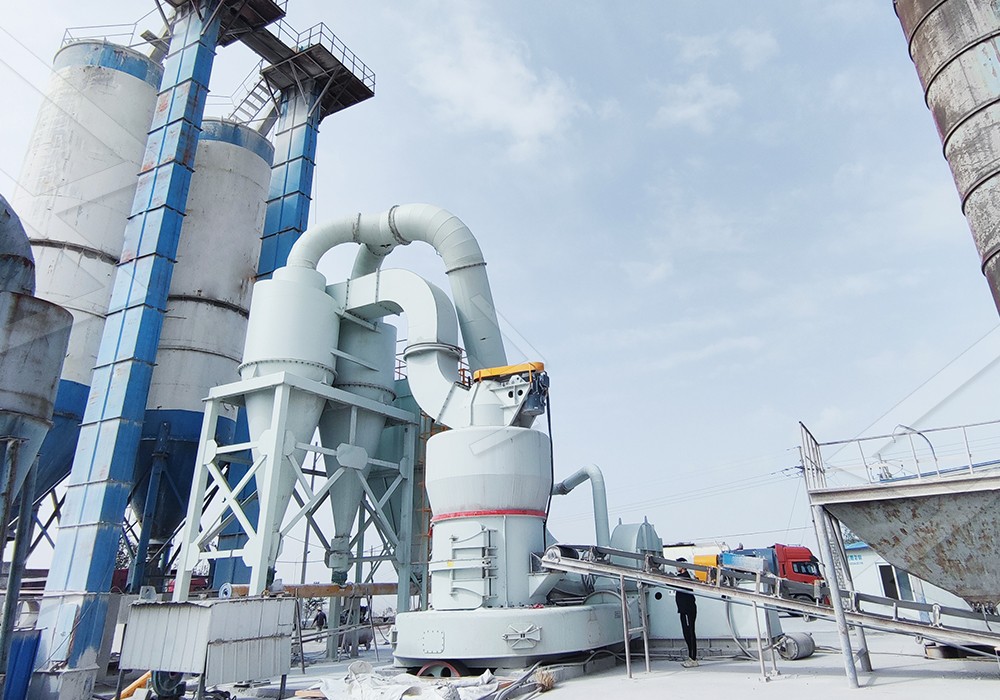6R Raymond Mill for Grinding Limestone into Fine Powder
Transforming Limestone into Premium Powder: The 6R Raymond Mill Solution
In the world of industrial mineral processing, the transformation of raw limestone into fine powder represents a critical step for numerous applications across construction, manufacturing, and chemical industries. The 6R Raymond Mill stands as a proven workhorse in this domain, offering reliable performance for medium-scale powder production needs.
Limestone grinding presents unique challenges that demand specialized equipment. The material’s moderate hardness, combined with the need for consistent particle size distribution, requires a mill that can deliver both precision and durability. The 6R Raymond Mill addresses these requirements through its robust construction and sophisticated grinding mechanism.

Technical Superiority in Limestone Processing
What sets the 6R Raymond Mill apart in limestone applications is its balanced approach to grinding efficiency and operational economy. With a maximum input size of 25mm and capacity ranging from 0.6 to 5 tons per hour, this mill finds the sweet spot for many small to medium operations. The grinding system utilizes multiple rollers (6 in the 6R configuration) that exert controlled pressure against a rotating grinding ring, creating the mechanical force needed to reduce limestone to precise fineness levels.
The integrated classifier system ensures consistent product quality by continuously separating particles that have reached target fineness from those requiring further grinding. This closed-circuit operation minimizes energy waste while maximizing output quality. For operations requiring even finer powders or higher capacity, we recommend considering our MW Ultrafine Grinding Mill, which achieves fineness between 325-2500 meshes with significantly higher efficiency.
Operational Advantages for Limestone Applications
The 6R Raymond Mill’s design incorporates several features specifically beneficial for limestone processing. The centralized lubrication system reduces maintenance frequency, while the explosion-proof design accommodates the slight moisture content sometimes present in raw limestone. The mill’s ability to handle materials with hardness up to 9.3 on the Mohs scale makes it well-suited for the various limestone grades encountered in different geological formations.

For operations requiring higher throughput or ultra-fine powders, our LUM Ultrafine Vertical Grinding Mill presents an excellent alternative. With input size up to 10mm and capacity ranging from 5-18 tph, the LUM mill incorporates the latest grinding roller technology and German powder separating technology, delivering superior efficiency for demanding applications.
Environmental and Economic Considerations
Modern limestone processing operations must balance production requirements with environmental responsibility. The 6R Raymond Mill addresses this through its efficient dust collection system and relatively low noise emission compared to alternative grinding technologies. The mill’s energy-efficient design translates to lower operating costs, while its durability ensures long-term reliability with minimal downtime.
The economic advantage extends beyond mere energy savings. The mill’s straightforward maintenance requirements and readily available spare parts minimize both scheduled and unscheduled downtime. This operational reliability makes the 6R Raymond Mill particularly valuable for operations where consistent powder supply is critical to downstream processes.

Frequently Asked Questions
What is the typical fineness range achievable with a 6R Raymond Mill for limestone?
The 6R Raymond Mill can produce limestone powder ranging from 80 to 425 mesh, with adjustments possible through classifier speed modification. For finer requirements up to 2500 mesh, our MW Ultrafine Grinding Mill is recommended.
How does the 6R Raymond Mill compare to ball mills for limestone grinding?
The 6R Raymond Mill offers significantly higher energy efficiency, typically 30-40% less power consumption than ball mills of equivalent capacity. It also provides better control over particle size distribution.
What maintenance intervals can be expected with continuous limestone grinding?
With proper operation, the grinding rollers and rings typically require inspection every 800-1000 operating hours, with replacement needed approximately every 3000-5000 hours depending on limestone abrasiveness.
Can the mill handle limestone with varying moisture content?
The standard 6R Raymond Mill can accommodate materials with moisture content up to 6%. For higher moisture levels, integrated drying systems can be added to the circuit.
What safety features are incorporated for limestone dust management?
The mill includes multiple safety features including explosion-proof valves, pulse dust collectors, and monitoring systems to ensure safe operation with limestone dust, which can be combustible under certain conditions.
